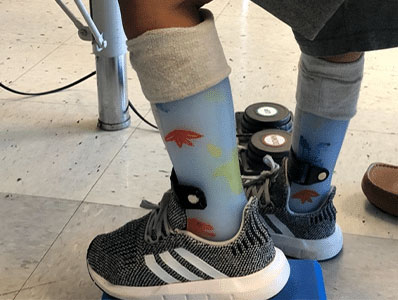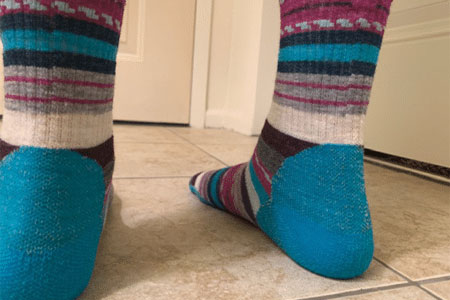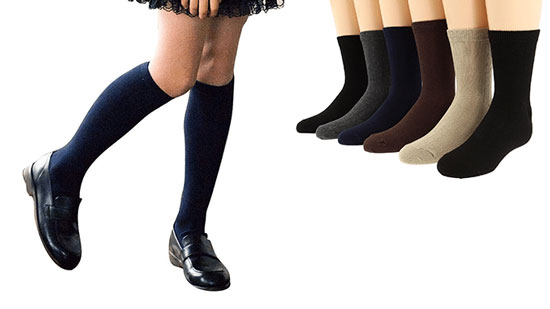Padded Socks for Kids Who Play Soccer – Extra Padding to Prevent Blisters
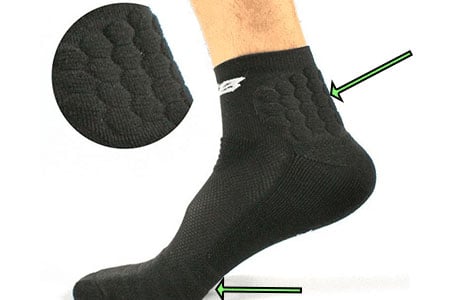
Has your child developed blisters from playing soccer? Padded soccer socks are designed to provide a shield between your child’s feet and the cleats. The right pair can work wonders, absorbing shock, reducing pressure points, and preventing blisters from forming below your child’s feet or on the back of the heels. This simple piece of gear can significantly enhance your young player’s experience on the field. I am going to show you the best-padded socks for kids who play soccer and how to order them in the correct size (to prevent bunching and discomfort).
Is Doubling Up On Socks a Good Strategy?
I have noticed that many families recommend doubling up on socks, but I don’t suggest doing this as it might lead to more sweat which might cause your child’s feet to slide inside the cleats. Wearing two pairs of socks will make your child’s feet soaking wet after every practice/ game. Also, if you can fit two pairs of socks inside your child’s cleats chances are that they are too big to begin with. Extensive research has been done that shows how a well-fitting wicking sock offers the best blister prevention strategy.
Learn How Padded Socks Can Help Prevent Blisters
Padded soccer socks with wicking capabilities can help prevent blisters, infections, and other foot issues that many kids face when playing soccer. Remember, kids’ feet are still growing and are more sensitive, which means extra care is crucial to prevent foot problems that could sideline them from the game they love.
Different brands might use materials like foam or gel to cushion the foot’s impact against the soccer cleat and the ground. The design, too, often targets specific areas prone to stress, like below the toes and the heels, cushioning them against the repetitive pounding during a match. A lot of children develop blood blisters right below the big toes:
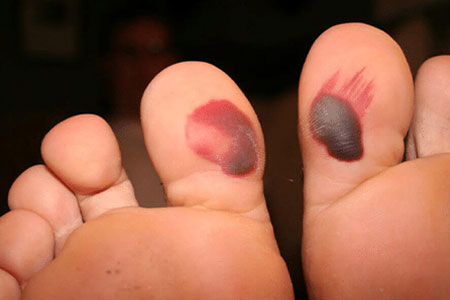
Another common area where children develop blisters when playing soccer is around the heels:
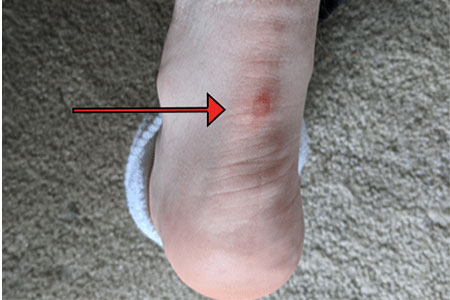
A padded sock might seem like a small change, but it can have big results in comfort and performance. Now, I understand it can be hard to decide on which padded socks might work best for your child’s feet, so let me show you why the socks I recommend are ideal for increasing comfort and preventing blisters.
What Makes the Padded Soccer Socks I Recommend Ideal for Your Child?
✔️ The padded socks that I recommend provide extra cushion and padding to key areas of the foot such as below the toes and around the heels.

✔️ Structured cushioning for added protection in high-impact areas. The bottom also features sweat-wicking combed cotton fabric to help keep your child’s feet dry and comfortable.
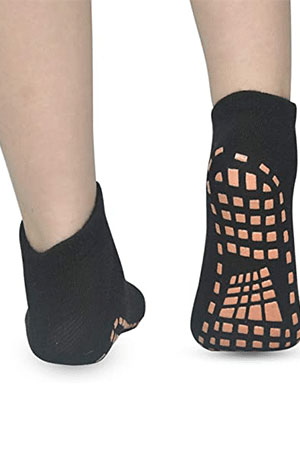
Finding the Perfect Fit: Soccer Sock Sizing for Kids
If you want to avoid issues like uncomfortable bunching or socks that slip, getting the right size is critical. That’s why it’s so important to take the time to measure your child’s feet correctly. Many brands offer their own sizing guidelines, which can usually be found online on their websites or retailer product pages.
I usually suggest choosing the socks size based on the child’s shoe size, as that is a lot more accurate than choosing them based on the child’s age.
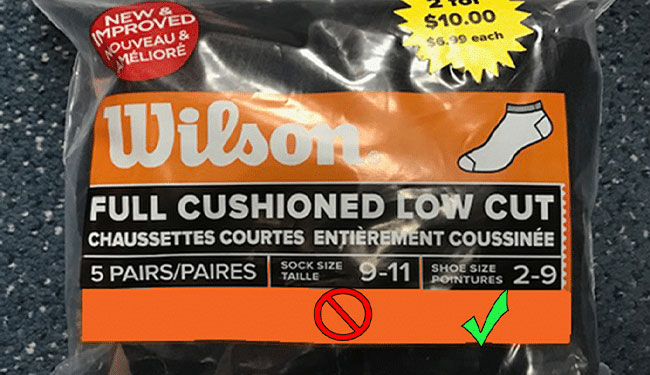
Customer reviews can also be a goldmine of information. I’m a big fan of real-world experience, so check out what other parents are saying about fit. If reviews commonly mention that a sock runs small or stretches after use, factor this into your decision-making process. It’s better to go a bit larger if you’re in doubt – after all, kids’ feet grow quickly, and a slightly bigger sock can spare you a second purchase a few months down the line.
Padded Socks for Kids Who Play Soccer – With Wicking Capabilities
Most sock companies are moving away from thicker, bulkier, and less wicking socks for children. The ones listed below are the most effective ones I have found throughout the years. Disclosure: Some links in this post may be affiliate links and we may receive a small commission (at no extra cost to you) when you click our links and make purchases.
- Socks made by Aptesol
- Structured cushioning for added protection in high-impact areas
- 3 pairs
- Bottom feature sweat-wicking combed cotton fabric to help keep your child’s feet dry & comfortable
- 56% Polyester, 27% Combed Cotton, 17% Spandex
- Machine washable
- Socks made by TeeHee
- 3 pairs
- 80% Acrylic, 17% Polyester, 3% Spandex
- Machine washable
Testimonials From Families!
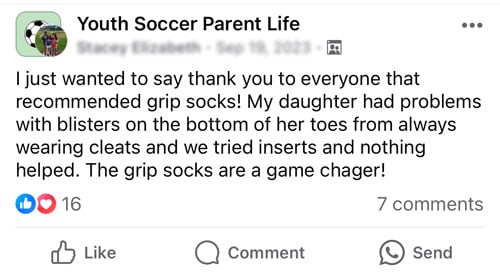
Do You Have the Correct Types of Soccer Cleats?
Your kids’ soccer cleats also play a key role in preventing blisters and other foot issues. I have fitted certain soccer cleats that provide extra padding and cushion around the heels that might work really well for your child.
The Importance of Switching Socks Right After a Game
You might wonder why changing socks post-game matters. When children are done playing soccer that means that their feet have been sweating in those cleats, a perfect breeding ground for bacteria. By changing their socks, you’re helping to prevent athlete’s foot and other nasty infections. Make a habit of packing an extra pair of clean, dry socks in their soccer bag for every practice and game.
Bigger Cleats for Extra Cushion: Sizing for Padded Socks
Opting for padded soccer socks means that you’ll need to consider a bit more room in those cleats. You’re going to find out that not all cleats are created equal, especially when there’s extra fabric in the mix. To avoid a tight squeeze, look for cleats one size larger to accommodate the padded socks without compromising on comfort or performance.
Be Careful About Getting Cleats That Are Too Big
It’s normal for parents to try to leave some extra growing room inside their kids’ soccer cleats, but cleats that are too big can lead to blisters. If your child’s feet move excessively inside the cleats that constant friction can create foot issues. Not sure whether your child is wearing the correct size cleats? Take advantage of this resource I created that helps families find out if their children are wearing the correct shoe size.
What Other Reasons Might Be Creating Blisters?
If your child is dealing with a foot condition such as flat feet that can create a foot imbalance which leads children to putting extra pressure on areas of the foot where they are not supposed to.
You can use the comments section below to ask any questions you might have. I am happy to send you specific sock or cleat recommendations based on your child’s foot shape.





